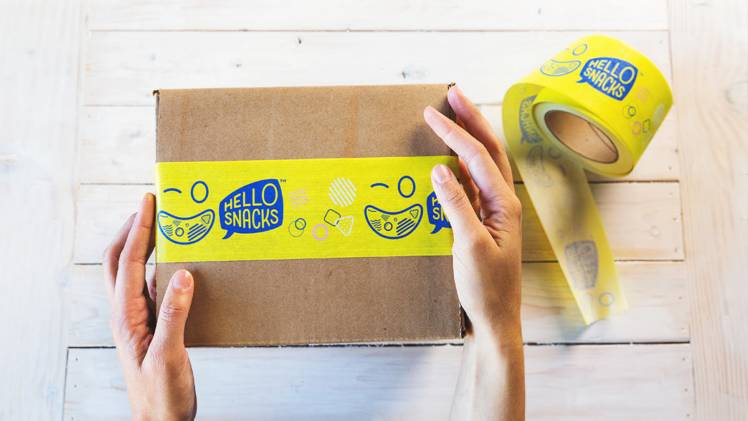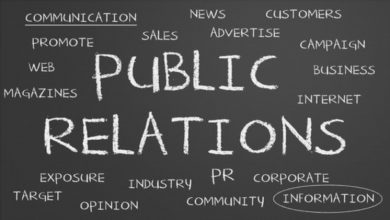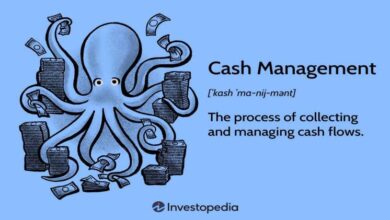Making your packaging eco-friendly? Don’t forget your labels

While your product’s metal, glass, or plastic containers may be recyclable, their labels and adhesives may not be. Labels and adhesives are normally scorched off during the recycling process. Paper sticker labels may be recycled if the consumer separates them; however, the glue might clog up the works at a recycling facility.
Thankfully, eco-friendly labels are now more readily available than ever before. Manufacturers use earth-friendly materials to make these labels and employ production methods that lower their carbon footprint in the process.
Sustainable product labels are either entirely or partially made of recycled, recyclable, or renewable materials. That is, at least one of the specific components of a label, be it the printing medium, ink, or adhesive, may be sustainably manufactured. There are most amazing things here to design guide for your custom boxes
Below are some recycled and renewable material options for your labels:
- Tree-free labels – The demand for paper, which has been steadily growing over the last several decades, is a major cause of deforestation. However, paper-like items may be produced without trees. Bamboo, sugarcane, and cotton are all potential materials for making tree-free label stock. “Stone paper,” which is composed of calcium carbonate and a little bit of plastic, has no plant-based ingredients at all.
- FSC-certified paper – This type of paper is what the non-profit Forest Stewardship Council (FSC) attests as having come from “responsibly managed forests that provide environmental, social and economic benefits.”
- PLA labels – PLA stands for Polylactic acid or PLA is a biodegradable polyester made from cornstarch or other renewable resources. While it looks and works like petroleum-based plastics, PLA degrades in less than 60 days, which means that it will not remain in landfills for centuries on end.
- Thinner materials – Labeling made of fewer materials requires fewer resources and is easier to recycle.
- Alternative inks – Solvent- and petroleum-based inks can release pollutants known as volatile organic compounds into the environment. Good thing water- and vegetable-based alternatives are now becoming increasingly popular. However, before you pick an alternative ink for your product label, make sure you understand how it will stand up to usage.
Here are but some of your choices for environmentally responsible labels. The most crucial aspect is to inform your label maker that you want to be as ecologically sustainable as feasible. They’ll work with you to get there.
Will I need new label applicators to be able to use eco-friendly labels on my packaging?
The short answer to this is yes. Applicators vary in design to suit particular label materials, application methods, production speeds, and other factors. Fortunately, CTM Labeling Systems builds machines that can apply pressure-sensitive labeling to bottles, cardboard boxes, and any other type of container. If you’re considering replacing your labeling system to include more sustainable labeling and packaging, talk to a CTM Labeling Systems vendor about your business requirements. They’ll collaborate with you to evaluate supply chain alternatives, weigh the pros and cons of certain labeling materials, and design a labeling system that works optimally with your new eco-friendly labels and packaging.





